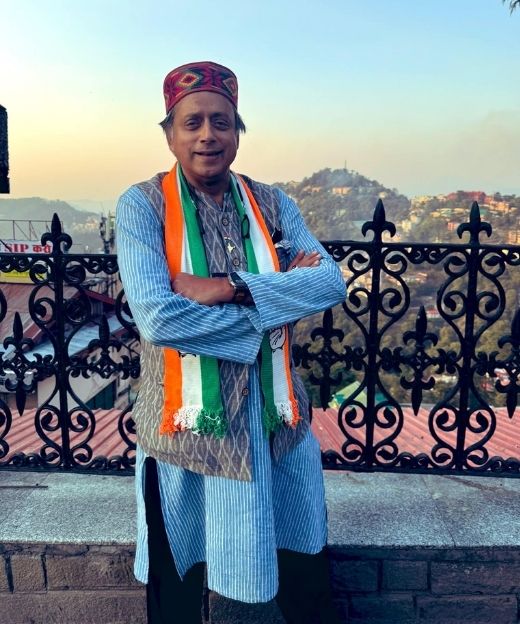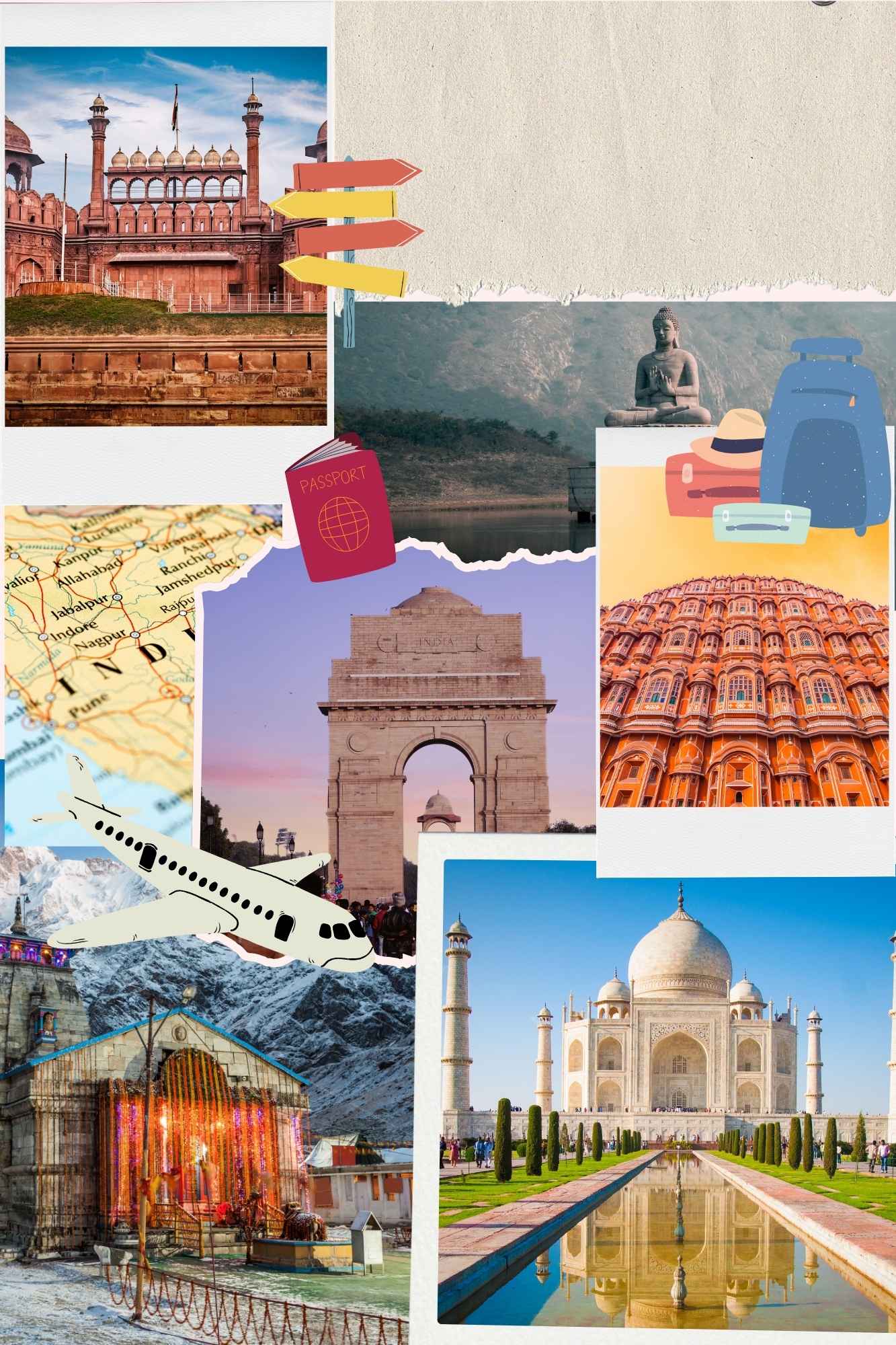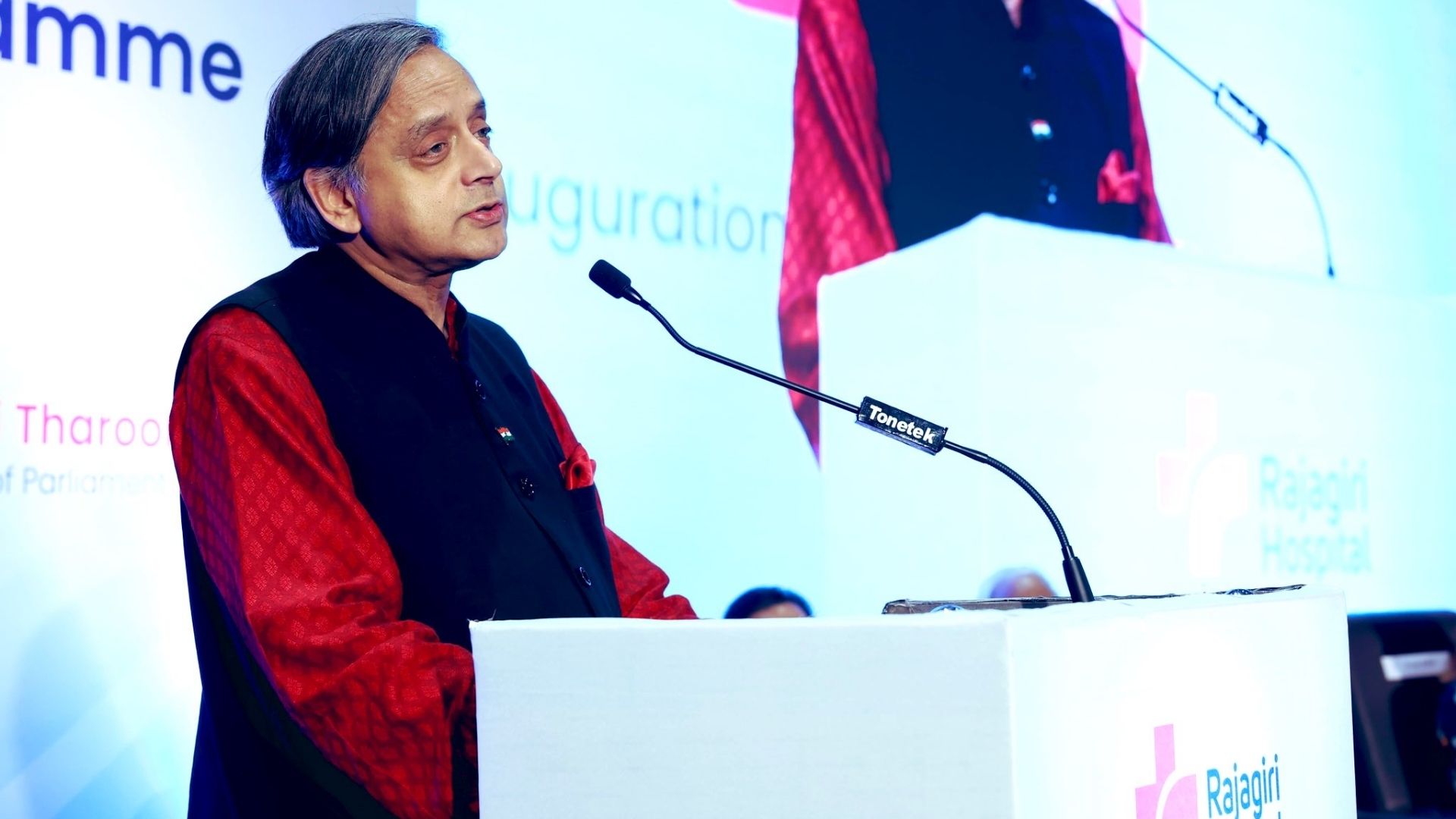Come And Find Your Own India: Dr Shashi Tharoor on Discovering the Many Indias
Tourism and hospitality are not just economic drivers; they are “mirrors of a nation’s soul,” believes Dr Shashi Tharoor, Member of Parliament, & Chairman, External Affairs Committee of Parliament, as he shares his thoughts on the pillars for Viksit Bharat 2047 and the many ‘Incredible Indias’ waiting to be discovered.
By Rachna Virdi
The hospitality sector in India celebrates 75 years of collective effort, resilience, and excellence—a sector that has profoundly shaped the country’s modern story.
“At its core lies a timeless Indian principle: Atithi Devo Bhava—the belief that the guest is to be revered as God. This philosophy transcends mere hospitality; it speaks to the very ethos of India, a nation that has always sought common ground with strangers and found strength in service,” said Dr Shashi Tharoor, Indian politician, public intellectual, former diplomat and bureaucrat, at the 20th Regional Convention of Hotel And Restaurant Association-Western India (HRAWI), commemorating 75 years of hospitality excellence.
“In discussions of development, we often focus on highways, high-rises, and factories. These are essential, but they are far from sufficient. True development is also measured by the confidence of our people, the caliber of our service, and the grace with which we open our doors to the world. The hospitality industry embodies the best of India and stands at the heart of our aspirations for Viksit Bharat 2047,” he added.

At the core of hospitality lies a timeless Indian principle: Atithi Devo Bhava—the belief that the guest is to be revered as God, he says.
Tourism: A Catalyst for Livelihoods
Dr Tharoor captivated the audience with his keynote that positioned tourism and hospitality as ‘mirrors of a nation’s soul’. “Tourism is not just an industry—it is a powerful generator of livelihoods. According to the World Tourism Organization (WTO), every thousand dollars invested in tourism generates significantly more employment than the same amount in traditional industry. This is no mere statistic; it reflects hospitality’s unique capacity to absorb both skilled and unskilled workers across transport, hotels, restaurants, food stores, guiding, arts, and local vendors. Unlike capital-intensive industries requiring significant technical infrastructure, tourism thrives on human interaction, local knowledge, and cultural authenticity—resources India has in abundance. In a country grappling with underemployment and a vast informal workforce, investing in tourism is both economically and socially imperative,” he said.
Currently, tourism sustains more than 46 million jobs in India—nearly one in ten working people. “By 2025, this is projected to rise to 48 million. Behind these figures are individuals whose work sustains families and communities, providing dignity, confidence, and hope. Each hotel, flight, and tourist destination sends ripples across the local economy—supporting weavers, carpenters, farmers, and countless others. Tourism is therefore not merely about travel or hospitality; it is about empowerment and unlocking futures,” he added.
According to him, globally, we see a pattern—unemployment among youth breeds frustration and unrest, threatening both individual futures and societal stability. Tourism provides an alternative—a spectrum of opportunities for waiters, taxi drivers, gardeners, guides, and security personnel. Beyond wages, these roles offer life skills, self-respect, and dignity.
He said that, “Hospitality acts as a multiplier: investments and infrastructure generate employment and tax revenue while boosting local economies. Each visitor who leaves India with a positive impression becomes an informal ambassador of the nation. Every professional in hospitality is thus not just a service provider but a curator of India’s image on the world stage.”
Despite its critical role, the hospitality sector faces challenges. GST reforms have left the industry behind, denying benefits across key revenue streams. “Ironically, the sector was better off at a 12% GST rate than it is at 5%. These issues must be addressed to ensure the sector receives the recognition and support it deserves,” he said, adding that, “Granting industry status to hospitality cannot be symbolic; it must translate into real benefits for all stakeholders. Tourism can only fulfill its potential as a pillar of India’s development if obstacles hindering growth are acknowledged and addressed.”

Dr Tharoor believes in building a welcoming India vision.
"Each visitor who leaves India with a positive impression becomes an informal ambassador of the nation. Every professional in hospitality is thus not just a service provider but a curator of India’s image on the world stage."
Dr Shashi Tharoor

The Three I’s for Viksit Bharat 2047
Underscoring India’s vision of Viksit Bharat 2047, he highlighted the need for decisive action on three foundational pillars: Image, Infrastructure, and Immigration—what he calls the “three I’s.”
Image: Redefining How the World Sees India
India still suffers from outdated perceptions painted in the colours of poverty, squalor, unsanitary conditions, and insecurity.” While some of these reflect real challenges—cleaning beaches and streets, improving lighting, and addressing visible poverty—others are unfair caricatures that urgently need to be dispelled.
He expressed, “Too often, the world remembers India for what is wrong rather than what is wondrous. Headlines warning young women against travelling alone in India do immense damage to our national reputation. To restore trust, we need more police at tourist sites, visible safeguards against harassment, and the reassurance that laws will be upheld fairly. Tourism begins with trust. No Taj Mahal or Ajanta fresco can compensate for a visitor who does not feel safe.”
Infrastructure: Connecting Visitors Seamlessly
India has made strides—gleaming international airports, such as Mumbai and the new facility in Navi Mumbai, reflect “a nation confidently taking flight into the future.” Yet, outside these airports, challenges remain: clean toilets at heritage sites are scarce, roads to hill stations remain pitted, and transport to smaller, spectacular destinations is often inadequate.
“How people travel by air, road, and rail shapes their first impressions and willingness to explore beyond familiar circuits. Official, reliable, and comfortable connectivity does more than move people—it invites them to venture into the richness of India. For example, tourists visiting Ajanta and Ellora often first notice the lack of basic facilities, not the grandeur of the caves. A civilisation is celebrated for its splendour, and every visitor must encounter it with dignity,” he explained.
According to him, infrastructure gaps also limit India’s tourism potential. There is currently a shortfall of around 200,000 hotel rooms—not just a statistic, but missed opportunity. He continued, “India needs “palaces for the pampered and pillows for the pilgrims”: luxury hotels for global travellers, budget lodgings for students, homestays for curious wanderers, and clean, affordable accommodations for families on their first vacation. Tourism in India is not one-size-fits-all; it is a kaleidoscope of journeys. Every traveller must find a bed that suits their budget, taste, and story.”
Immigration: The First Impression Matters
While digital systems have advanced, many travellers still encounter bureaucracy without warmth—fingerprints, photos, and suspicion instead of courtesy. One unfriendly interaction at the border can undo an entire holiday and ensure the tourist never returns.
Dr Tharoor said, “If India aspires to global tourism leadership, the very first human interaction on our soil must reflect the hospitality we proudly proclaim. Our immigration gates should be as welcoming as our hotel lobbies. Only when we project a modern image, provide world-class infrastructure, and bring compassion to immigration will the world truly see India in the light it deserves.”
These three I’s are not just itinerary details—they are the bedrock of a truly Viksit Bharat. They are not abstract concepts; they are lived experiences that every traveller sees, feels, and remembers when visiting India.

India holds a vast library of experiences: every traveller is a story, a pilgrimage, an adventure.
Learning from Global Models
Looking globally, there are lessons to emulate. “Bhutan, for instance, has gained recognition for its high-value, low-impact tourism model, funding conservation and community projects through sustainable levies. Thailand has made tourism a central pillar of its economy, generating $60 billion annually through efficient infrastructure, safety standards, and seamless experiences. Singapore, a city-state smaller than a single Indian district, welcomed 13 million international visitors last year—twice its population.
Dr Tharoor further added, “By contrast, India, with its unparalleled wealth of culture, history, and geography, attracts far fewer visitors. Much of our tourism comes from the diaspora, while we aspire to attract those without ancestral ties, drawn purely by fascination and curiosity. The potential is undeniable: after the Bollywood film Zindagi Na Milegi Dobara, Spanish tourism saw a thousand-percent surge in Indian visitors. Imagine what India could achieve if it made filming domestically easier for Indian and international filmmakers, rather than bogging them down in permissions and bureaucracy.”
He said, “If Thailand can turn its beaches into global magnets, and Singapore can reimagine a city into an international playground, surely India—with its mountains, rivers, forests, deserts, palaces, and temples—can reach even greater heights. Our task is to make a traveller’s journey into India as seamless as the memories it creates are unforgettable.”

Granting industry status to hospitality cannot be symbolic, he says. It must translate into real benefits for all stakeholders.
"India is not one story, but a thousand stories; not one experience, but a million experiences. To the world, we must say: come and find your India, for there are many ‘Incredible Indias’ waiting to be discovered.”
Dr Shashi Tharoor

Many Incredible Indias
“Hospitality is not about places—it is about stories. India holds a vast library of experiences: every traveller is a story, a pilgrimage, an adventure,” he affirmed. The slogan Incredible India captures abundance, but today’s visitors demand nuance. Most travellers focus on one aspect: trekking in the Himalayas, visiting Goa’s beaches, exploring forts, or experiencing spiritual journeys.
As a concluding statement, he said, “India offers many Incredible Indias: Nature India for trekkers, Spiritual India for pilgrims, Cultural India for historians, and Fun India for holidaymakers. Each is distinct yet unmistakably Indian. When visitors arrive in Kyoto, they expect temples; in Paris, museums; in Nairobi, safaris. In India, they should be invited to choose their own chapter—whether witnessing the first steps of Buddha, watching the Ganga sunrise, or celebrating Holi’s colours. India is not one story, but a thousand stories; not one experience, but a million experiences. To the world, we must say: come and find your India, for there are many ‘Incredible Indias’ waiting to be discovered.”


























